Railway Platform Coping |Coping |Platform Coping |Arihant Prefab |Arihant Prefab PVT Ltd |SFRC Manholes Covers |Manhole Covers |Manhole |SFRC |Stones |Kerb Stones |RCC Jacking Pipes |Jacking Pipes |RCC Pipes |Heavy Duty Mono Layer Pavers |Pavers |Mono Layer Paver |Fly Ash Bricks |Ash Bricks |Bricks |Precast RCC Hume pipes |Hume Pipes |Precast Pipes |Shot Blasted Combi Paver Blocks |Paver Blocks |HDPE Linor pipes |HDPE Pipes |Linor Pipes |Pipes |KM Stone |Kilometer Stone |Water Drainage system |Water Drainage |Conical Manholes |Manholes |Ferro Drain Covers |Drain Covers |Ferro covers |Box Culvert |Box |Boundary Wall |Precast Boundary |Precast Boundary Wall |U Shaped Drain |Drain

This is your website preview.
Currently it only shows your basic business info. Start adding relevant business details such as description, images and products or services to gain your customers attention by using Boost 360 android app / iOS App / web portal.
arihant prefab pvt ltd 

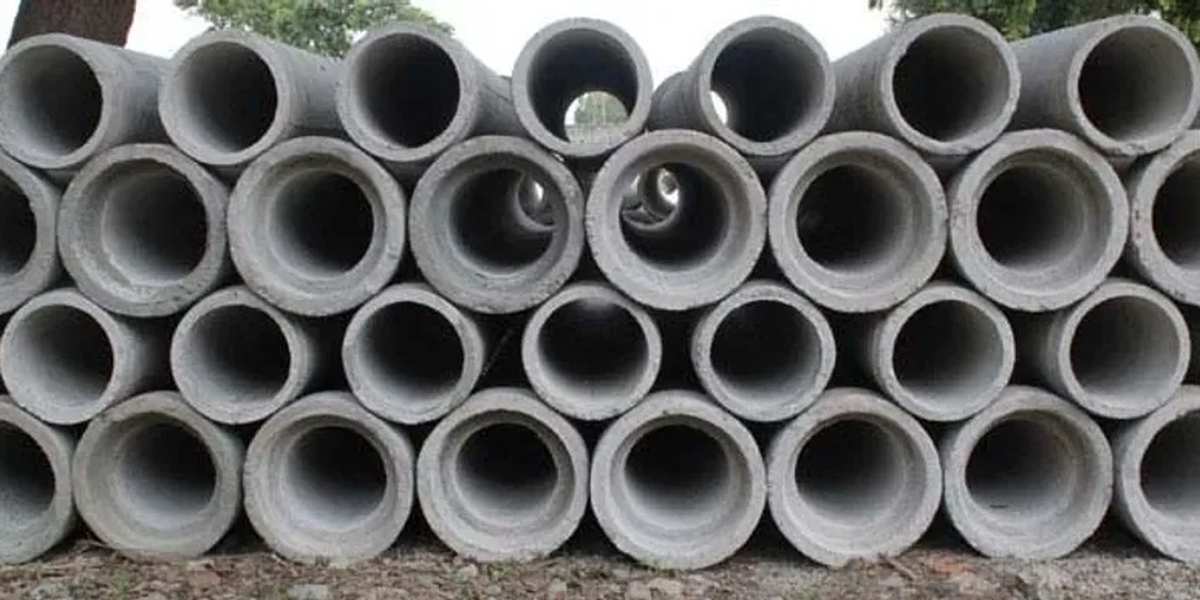
Precast RCC Hume Pipes
VIEW DETAILS
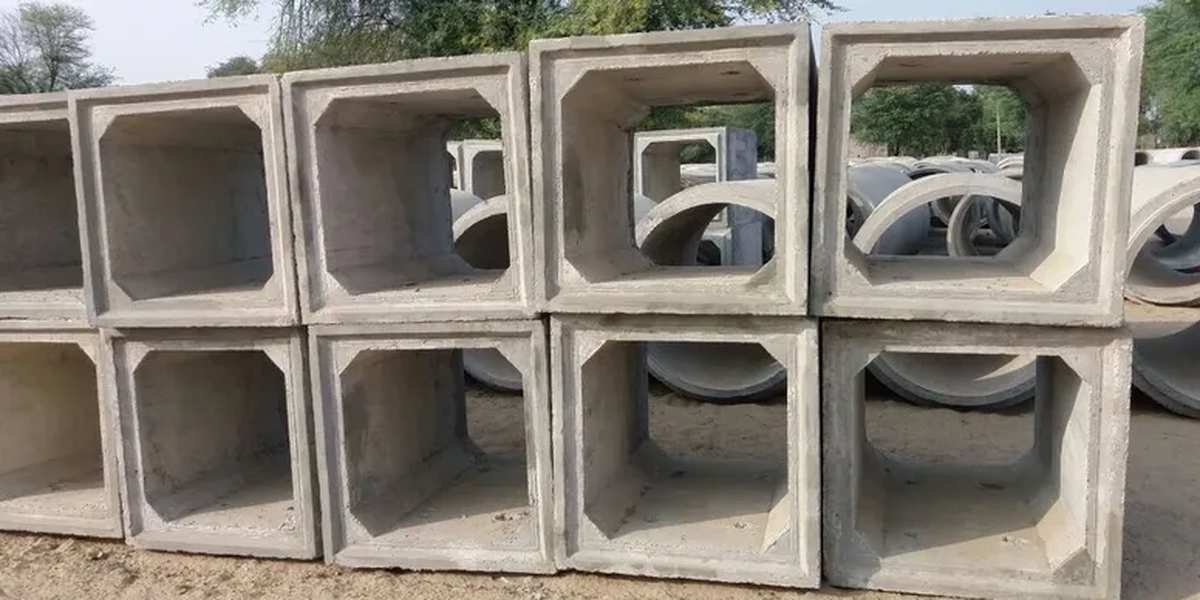
Box Culvert
VIEW DETAILS
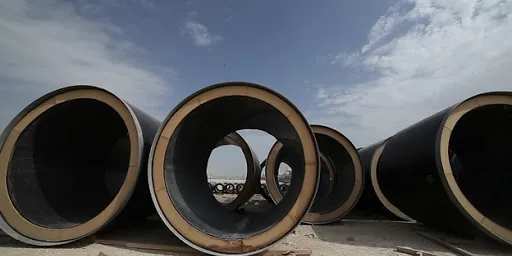
HDPE Linor Pipes
VIEW DETAILS
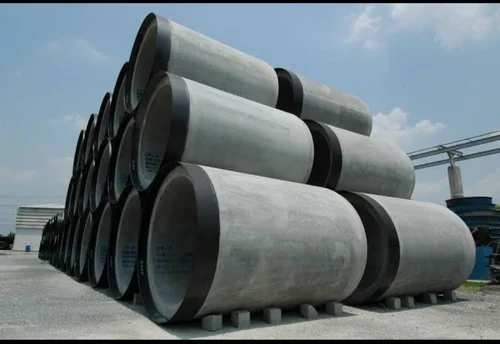
RCC Jacking Pipes
VIEW DETAILS
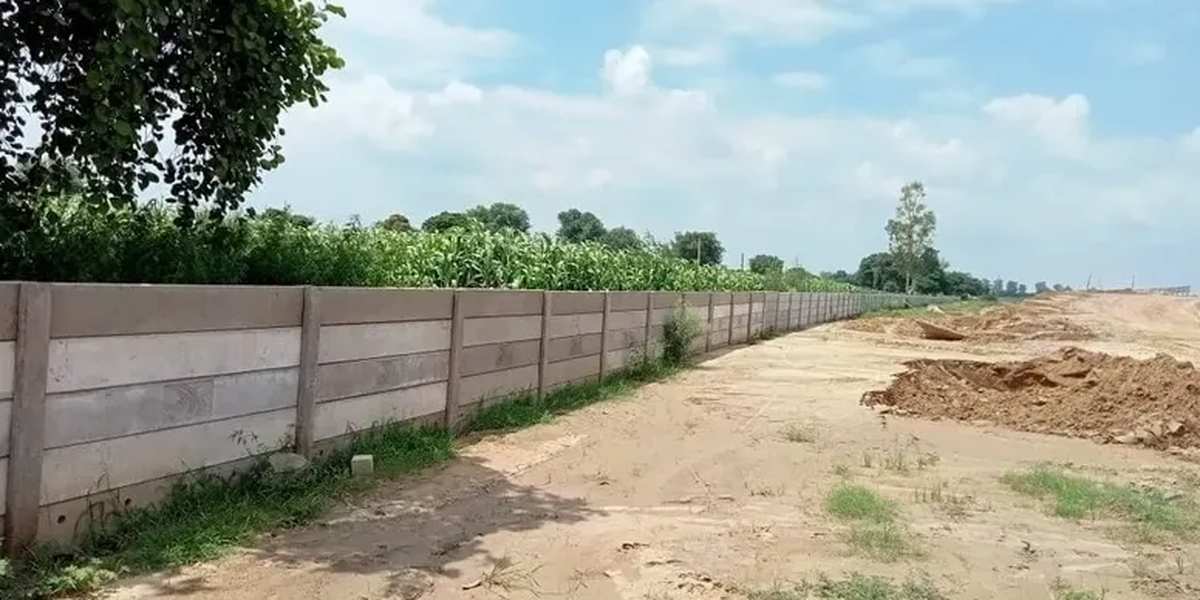
Precast Boundary Wall
VIEW DETAILS
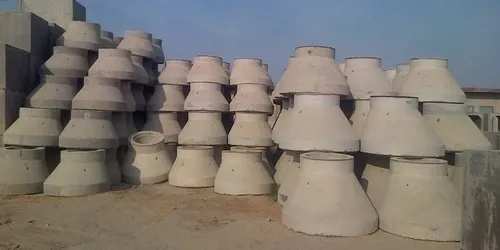
Conical Manholes
VIEW DETAILS
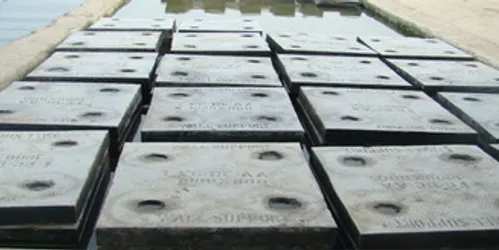
Ferro Drain Covers
VIEW DETAILS
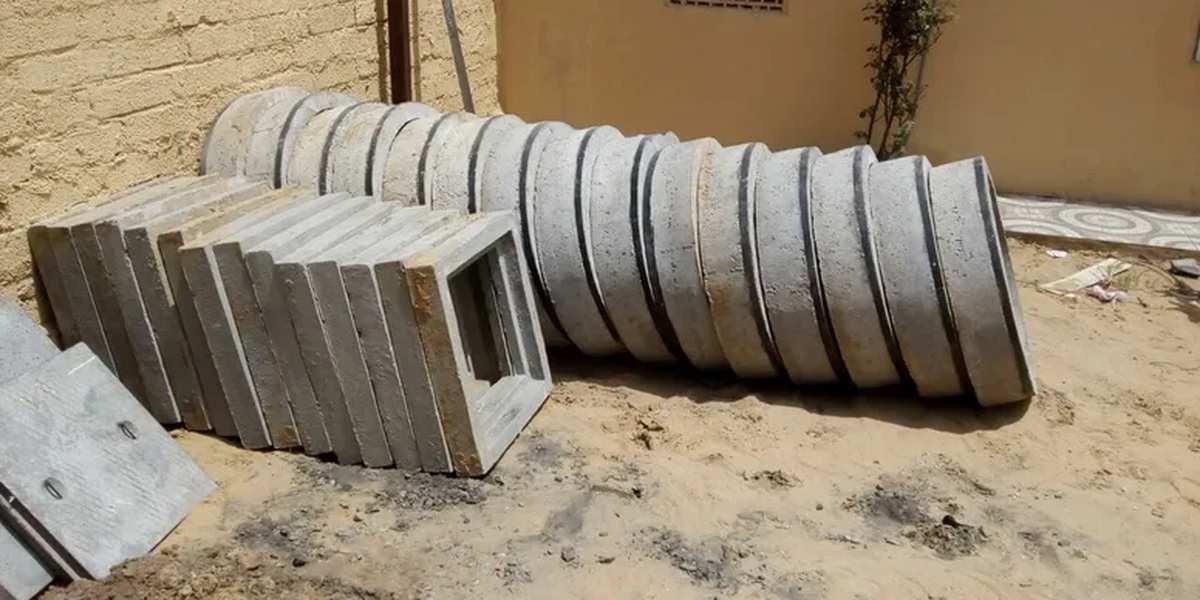
SFRC Manholes Covers
VIEW DETAILS
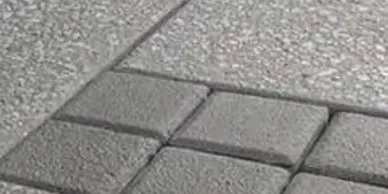
Shot Blasted Combi Paver Blocks
VIEW DETAILS
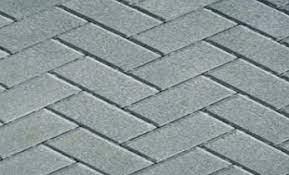
Heavy Duty Mono Layer Pavers
VIEW DETAILS
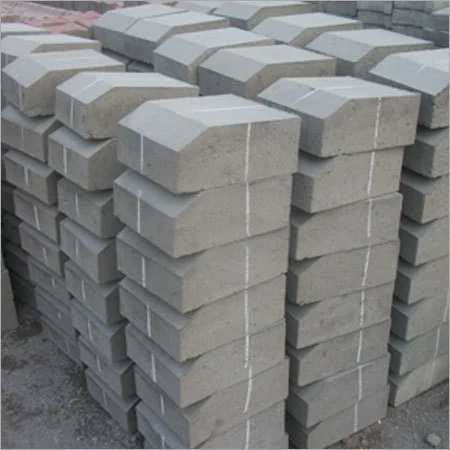
Kerb Stones
VIEW DETAILS
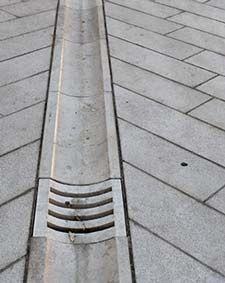
Water Drain Systems
VIEW DETAILS

Railway Platform Coping
VIEW DETAILS
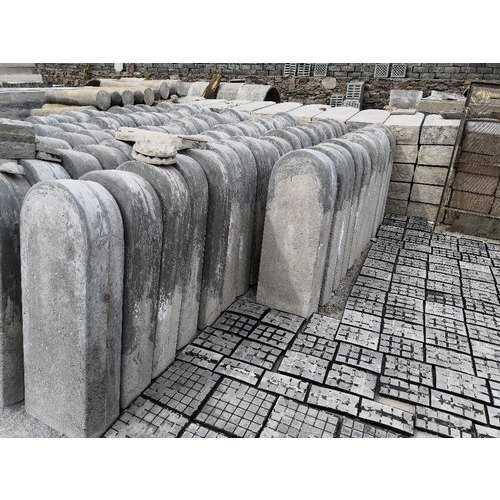
KM Stone
VIEW DETAILS
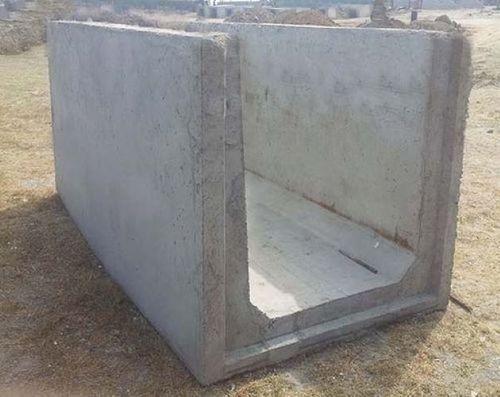
U Shaped Drain
VIEW DETAILS
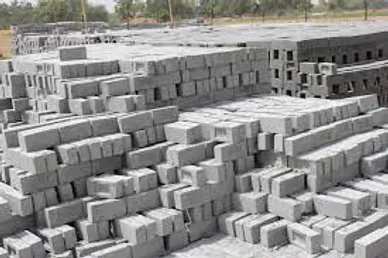
Fly Ash Bricks
VIEW DETAILS
Filter using tags
Railway Platform CopingCopingPlatform CopingArihant PrefabArihant Prefab PVT LtdSFRC Manholes CoversManhole CoversManholeSFRCStonesKerb StonesRCC Jacking PipesJacking PipesRCC PipesHeavy Duty Mono Layer PaversPaversMono Layer PaverFly Ash BricksAsh BricksBricksPrecast RCC Hume pipesHume PipesPrecast PipesShot Blasted Combi Paver BlocksPaver BlocksHDPE Linor pipesHDPE PipesLinor PipesPipesKM StoneKilometer StoneWater Drainage systemWater DrainageConical ManholesManholesFerro Drain CoversDrain CoversFerro coversBox CulvertBoxBoundary WallPrecast BoundaryPrecast Boundary WallU Shaped DrainDrain
